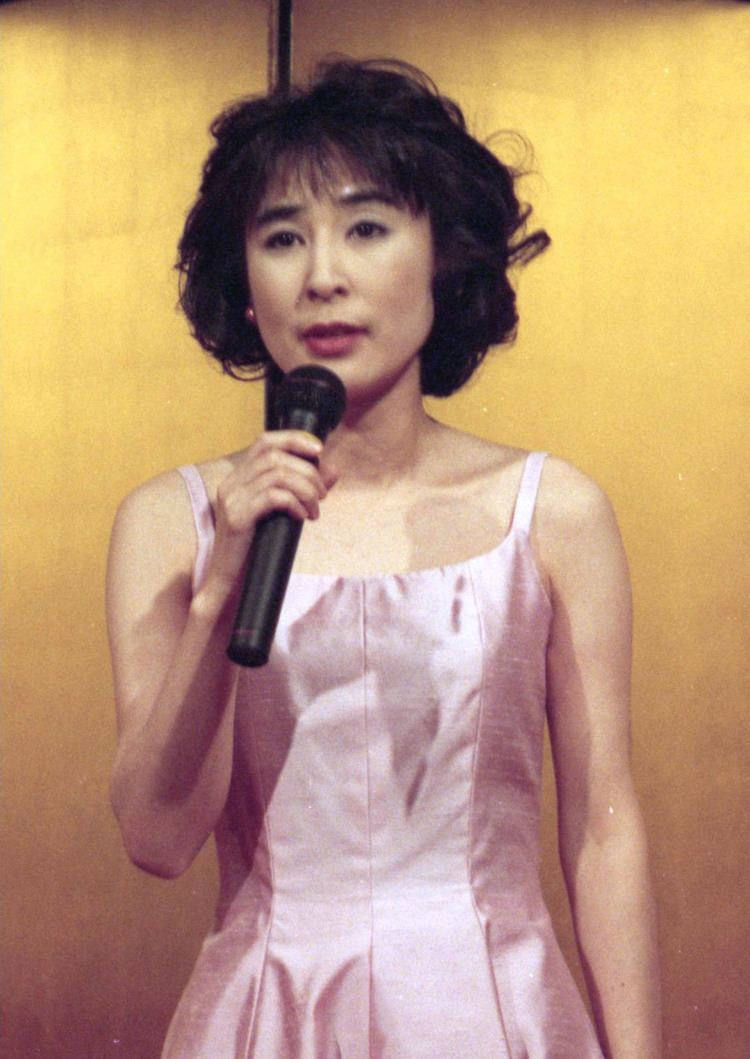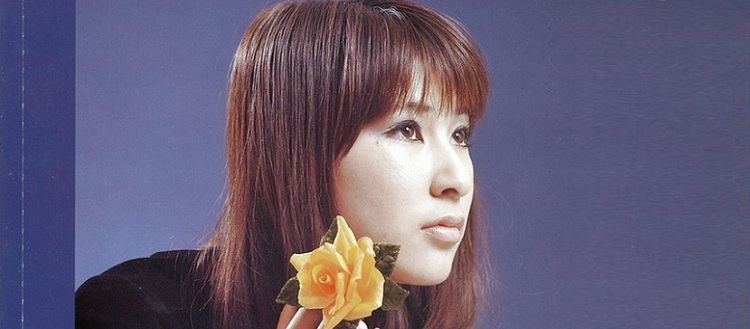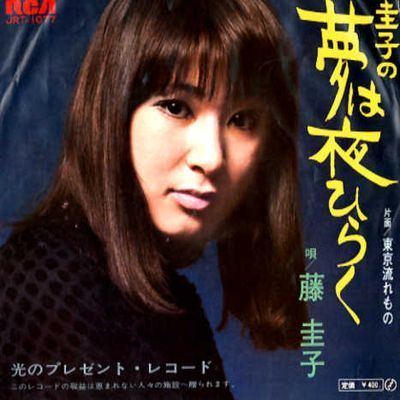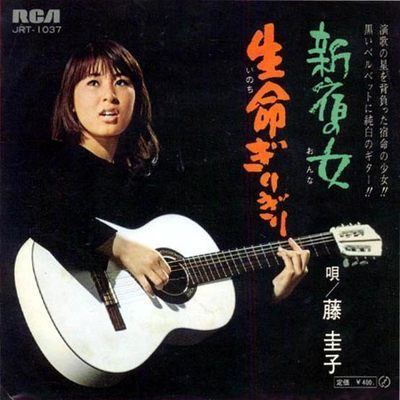Native name 藤 圭子 Role Singer Children Hikaru Utada | Occupation(s) Singer, actress Siblings Saburo Fuji Name Keiko Fuji | |
 | ||
Birth name Junko Abe阿部 純子(later known as Junko Utada, her married name) 宇多田 純子 Born 5 July 1951 ( 1951-07-05 ) Years active 1969–1979, 1981–Unknown Died August 22, 2013, Shinjuku, Tokyo City, Tokyo, Japan Parents Tsuyoshi Abe, Sumiko Takeyama Similar People Hikaru Utada, Teruzane Utada, Kiyoshi Maekawa, Kazuaki Kiriya, Francesco Calliano | ||
Mother of Hikaru Utada (Keiko Fuji|Singer)
Junko Abe (阿部 純子, Abe Junko) (5 July 1951 – 22 August 2013), known primarily by the stage name Keiko Fuji (藤 圭子, Fuji Keiko) was a Japanese enka singer and actress. She had success in Japan in the 1960s and 1970s with her ballad-type songs. She was married on-and-off with Utada Teruzane, and was the mother of Japanese pop singer Utada Hikaru.
Contents
- Mother of Hikaru Utada Keiko FujiSinger
- Keiko Fuji Shiranai Machi de 1971
- Life and career
- 2006 confiscation of money by the DEA
- Death
- Like U3
- LPs
- CDs
- Singles
- Movies
- Television
- References

Keiko Fuji - Shiranai Machi de (1971) / 藤圭子 – 知らない町で
Life and career

Fuji was born in Iwate Prefecture, where her father was a rōkyoku singer. Her mother was a blind shamisen player or goze. As a child, Fuji sometimes accompanied her parents and sang with them when they were on tour. Her song "Keiko no Yume wa Yoru Hiraku" (Keiko's version of "Yume wa Yoru Hiraku") won the "mass popularity award" at the Japan Record Award in 1970. By this song, she took part in the 21st Kōhaku Uta Gassen. Fuji lent her voice in the anime television series Wandering Sun, acting as main character Nozomi who is also a singer in the show. This allowed her to gain higher exposure in the Japanese music world.

She married the Enka singer Kiyoshi Maekawa and retired from singing in 1979, announcing her retirement during a TV show on 30 December of that year. The marriage ended in divorce, after which she emigrated to the U.S.

Her debut album, Shinjuku no Onna/Enka no Hoshi Fuji Keiko no Subete (新宿の女/「演歌の星」藤圭子のすべて, Woman in Shinjuku/"Star of Enka" All of Keiko Fuji), released 5 March 1970, topped the Oricon album chart for 20 consecutive weeks, and her next album Onna no Blues (女のブルース, Woman's Blues), released 5 July 1970, continued topping that chart for 17 consecutive weeks. She topped the Oricon album chart for a 37 consecutive weeks, an incredible record in Japan's music history. Her debut album's number-one record of 20 consecutive weeks remains the longest consecutive number-one record in Oricon history.
She was married to Teruzane Utada, a record producer. Their only child, Hikaru Utada, was born in 1983. The couple married and divorced seven times.
2006 confiscation of money by the DEA
On 3 March 2006, U.S. DEA officials confiscated more than $420,000 in U.S., Canadian, and Australian currencies from Junko Utada's carry-on luggage at JFK Airport, New York, as she waited to board a flight to Las Vegas. Utada denied any wrongdoing, and was not charged with any crime. However, the government initiated forfeiture proceedings, seeking to seize the money, which it alleged represented proceeds of drug sales or was intended to be used to buy drugs.
Utada disputed the government's claim. In August 2008, the matter remained pending in Federal District Court in New York. On 27 January 2009, the Federal District Court in New York ordered the confiscated money returned to her, citing lack of evidence.
Death
Keiko Fuji died on 22 August 2013, by jumping from the thirteenth floor of a 13-floor condominium building in Shinjuku, Tokyo. No foul play was suspected. Her body was found in the grounds of her apartment building. Police said that her slippers were found at the end of her balcony, with no suicide note found.
Like U3
For U3 discography see Hikaru Utada discography
